U.S. Military
Effectively addressing the complex challenges of fragile states throughout the world requires a coordinated U.S. government approach, particularly in conflict situations, to ensure that diplomatic, development, and defense efforts are mutually reinforcing.
USAID integrates its capabilities with those from the departments of State, Defense, Treasury, Justice, and others. The issuance of the Quadrennial Development and Diplomacy Review and the Presidential Policy Directive on Global Development underscore the need for interagency coordination and the importance of international development and poverty alleviation as a pillar of national security.
Unified Framework
The eventual goal of civilian-military cooperation is the creation and adoption of a unified framework for planning, implementing and assessing US activities in embassies and missions throughout the world.
Although the development, diplomacy and defense functions are all structurally different, they are all necessary components of an effective whole-of-government approach to stability and prosperity.
USAID seeks to work with the Departments of Defense and State as strategic partners in the design and implementation of field activities. USAID’s intention is to work with the US interagency community in developing and actively pursuing implementation of a planning, training and operational framework, linked to budgets, that integrates the soft power activities of Defense, State and Development at the national, regional, and country level.
This cooperation has been improving and there are now multiple examples of programming and projects that have been planned, implemented, and evaluated by interagency teams.
Program Areas
The Department of Defense is USAID's principal interagency partner in fragile states. With their help we are able to support development objectives and the National Security Strategy. Agency staff interact at many levels with with U.S. and foreign militaries in formalized relationships that include coordinated planning, training, education and exercises.
USAID and the DoD work together to develop program areas that offer viable solutions to global challenges:
- Humanitarian assistance
- Conflict prevention and mitigation
- Disaster management
- Countering violent extremism
- Counter-insurgency
- Post-conflict stabilization and reconstruction
- Security sector reform
Points of Interaction
USAID’s Senior Development Advisors (SDAs) in U.S. Africa Command (AFRICOM), Central Command (CENTCOM), Europe Command (EUCOM), Pacific Command (PACOM), Special Operations Command (SOCOM), and Southern Command (SOUTHCOM) and the Joint Staff at the Pentagon ensure collaboration with USAID’s regional and central bureaus.
SDAs are senior Foreign Service officers who provide advice and counsel to Combatant Commanders regarding development, relief, reconstruction and stabilization issues. Many have experience implementing development and stabilization programming in collaboration with DoD and DoS in conflict countries, including Iraq and Afghanistan.
Complementing SDAs are Unified Combatant Command Liaison Officers (LNOs) assigned to DCHA/CMC – from AFRICOM, CENTCOM, EUCOM, PACOM, SOCOM and SOUTHCOM – who ensure access to all levels of the DoD.
In addition, USAID hosts service representatives from the Navy, Marine Corps and Army Corps of Engineers.
If you have questions for USAID's Office of Civilian-Military Cooperation, please contact us by email.

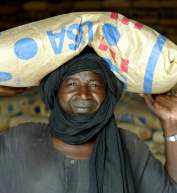
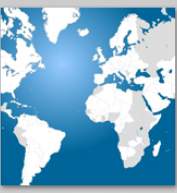

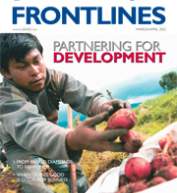
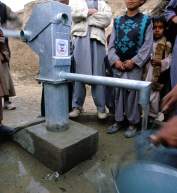

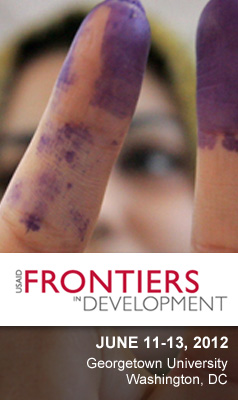
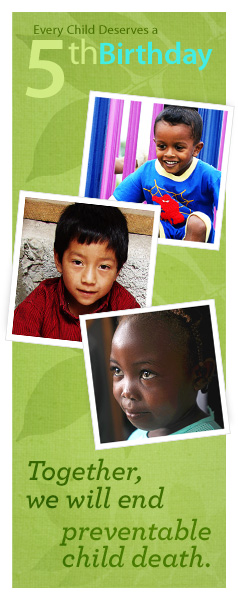
Comment
Make a general inquiry or suggest an improvement.